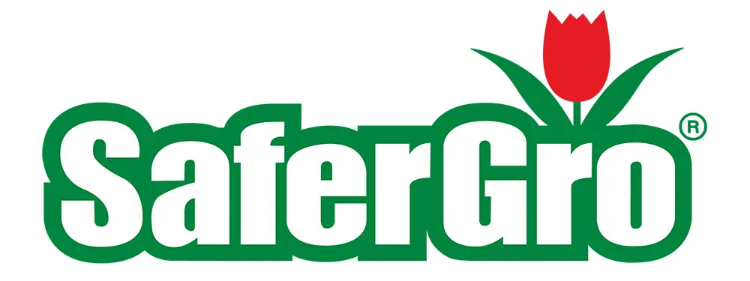Sustainable Gardening for The New Year - Water Conservation
Sustainability has become a hot topic for the past few years with many discussing the best practices to keep our planet clean and healthy. One of the most impactful ways to practice sustainability is through our landscapes and gardens. For a garden to be “sustainable” this involves gardening practices that limit harm to the environment and its inhabitants. Growing your own food, utilizing water conservation, and practicing efficient seed-sourcing are just a few ways to exercise healthy sustainability. More efficiently and impactfully, using organic chemical-free methods in our gardening and landscape practices can have the most lasting impressions to our environment.
In our new series of blogs, we will be discussing how to apply these practices to your own yards and gardens. Today we will cover how to reduce, reuse, and rethink how we water our gardens.
Water Reduction

One of the easiest ways to practice being more sustainable in the garden is to conserve water. In our day to day lives, our daily water usage adds up very quickly. In fact, just using a ¾ inch hose for an hour uses 1860 gallons of water. Watering just twice a week for an hour quickly adds up to 14,880 gallons a month. However, if you were to switch to watering via a inch sprinkler for one hour you would cut that usage to 1,020 gallons. A difference of 840 gallons may not seem like much at first. But when we consider the entire month, we realize that one-hour waterings twice a week make for a usage of only 8,160 gallons a month. That is a difference of 6,720 gallons. Thus, saving you water, money, and the environment. This schedule can be adjusted monthly to reflect seasonal changes.
Xeriscaping

Another practice to consider is Xeriscaping. Xeriscaping is the practice of incorporating a variety of drought-tolerant shrubs and perennials into landscapes to reduce water usage. Xeriscaping entire landscapes is very popular right now as it reduces or eliminates the need for irrigation. This means xeriscaped landscapes need little or no water beyond what the natural climate provides.
Water Collection
In some gardens, however, reduced water and complete xeriscaping is not an option. Vegetable gardens for example are especially water intensive, requiring 16 gallons to grow a single head of lettuce. In fact, it is estimated that 40% of all water use in the United States goes to growing food. For these gardens we recommend water collection. This can be done both outdoor and around the home.
Outdoor

If you wish to collect water naturally, consider installing a rain barrel at the base of one or more of your downspouts. Rain Barrels offer water storage from roof runoff. Many like to place them near their rain gutter down sprouts for easy handling. Something to consider with rain barrels; however, they may attract flying pests. While these pests are not harmful to plants, you may consider investing in Fly Trap to ward pests from the water basin.
Indoor

There are so many sources of reusable water around the home, perfect for gardening. Form reusing water from a dehumidifier to collecting cold shower water while you wait for it to warm. There are many places to find water that otherwise gets waisted when you think sustainably.
One of the places to collect great (and nutrients filled) water is the kitchen. Water used to wash fruit and vegetables are great to use in the garden as they are filled with excess nutrients from the produce. This includes iron, nitrogen, and potassium great for aiding plant growth. These benefits can be taken a step further by utilizing the boiling water used to cook vegetables and pasta. Pasta water in particular adds great sources of potassium and calcium to your garden and in some cases can act as a natural NPK fertilizer.
Water Saving Tips

Here are some other tips to help you save water while you garden.
- Plant shorter season crops and drought resistant varieties
- Water in the early morning. Ideally no later than 6 am. This helps to reduces evaporation
- Select water efficient varieties suited for your local climate
- Mow lawns higher during very warm weather
- Replace nonessential turf with ground covers, mulches, decks, and walkways
- Do not overuse fertilizers, which increase growth and water demands
- Remove weeds as they compete for water resource
For the later three, stay tuned with our blog. We are beginning the new year with advice on how to make 2022 gardening more sustainable and Earth conscious. Stay connected with us via Instagram and Facebook for upcoming blogs and product recommendations.
Share
